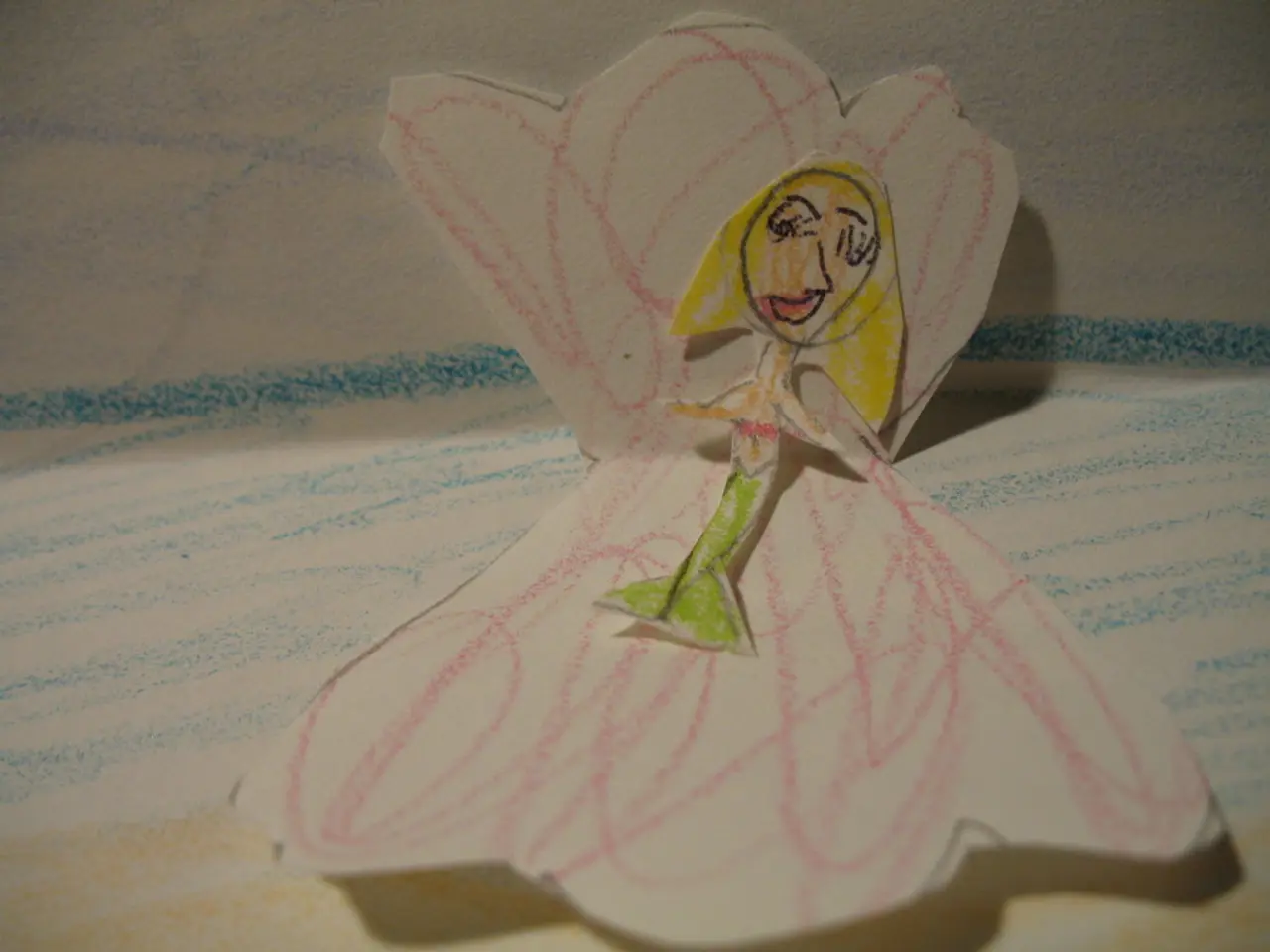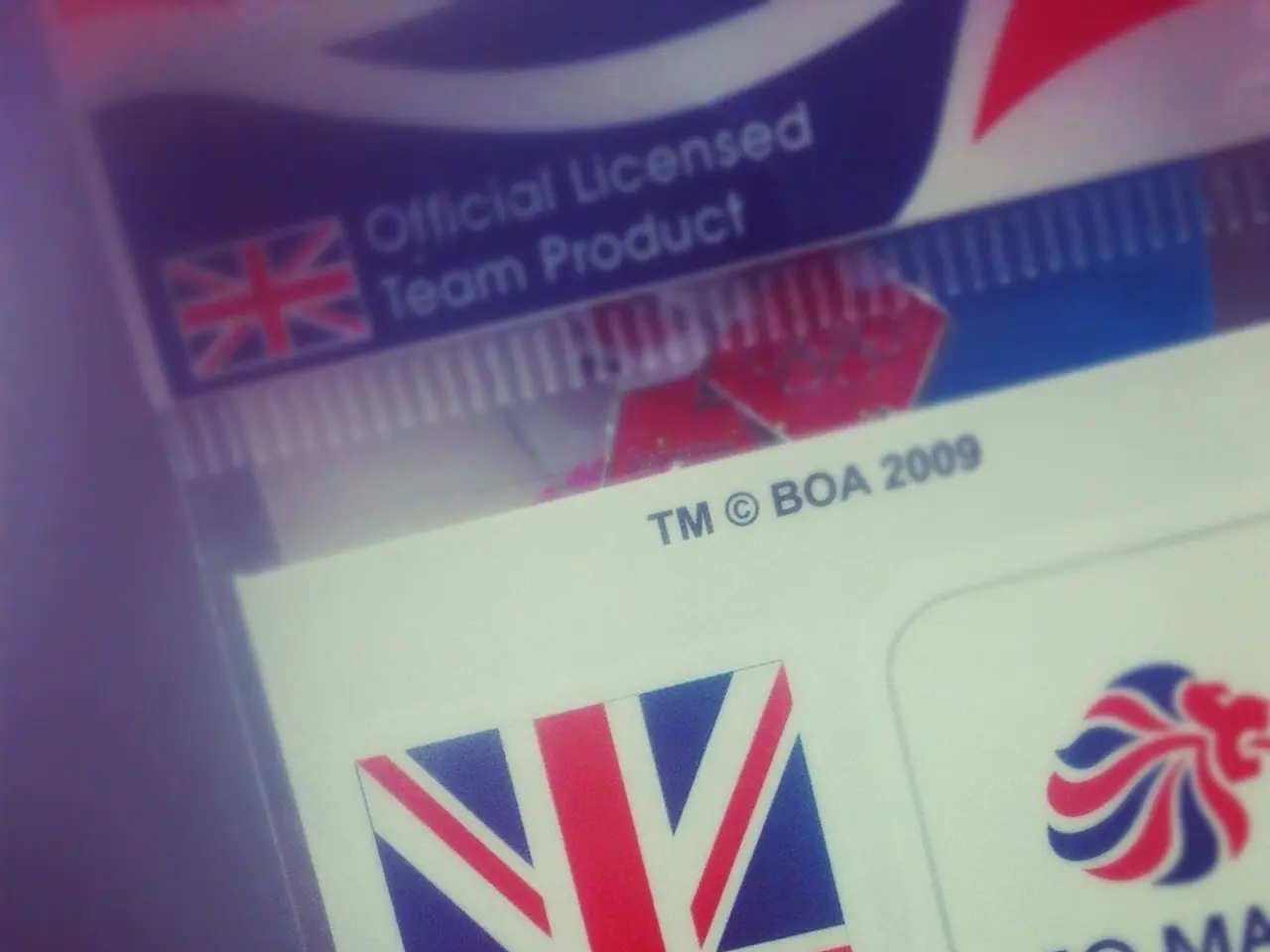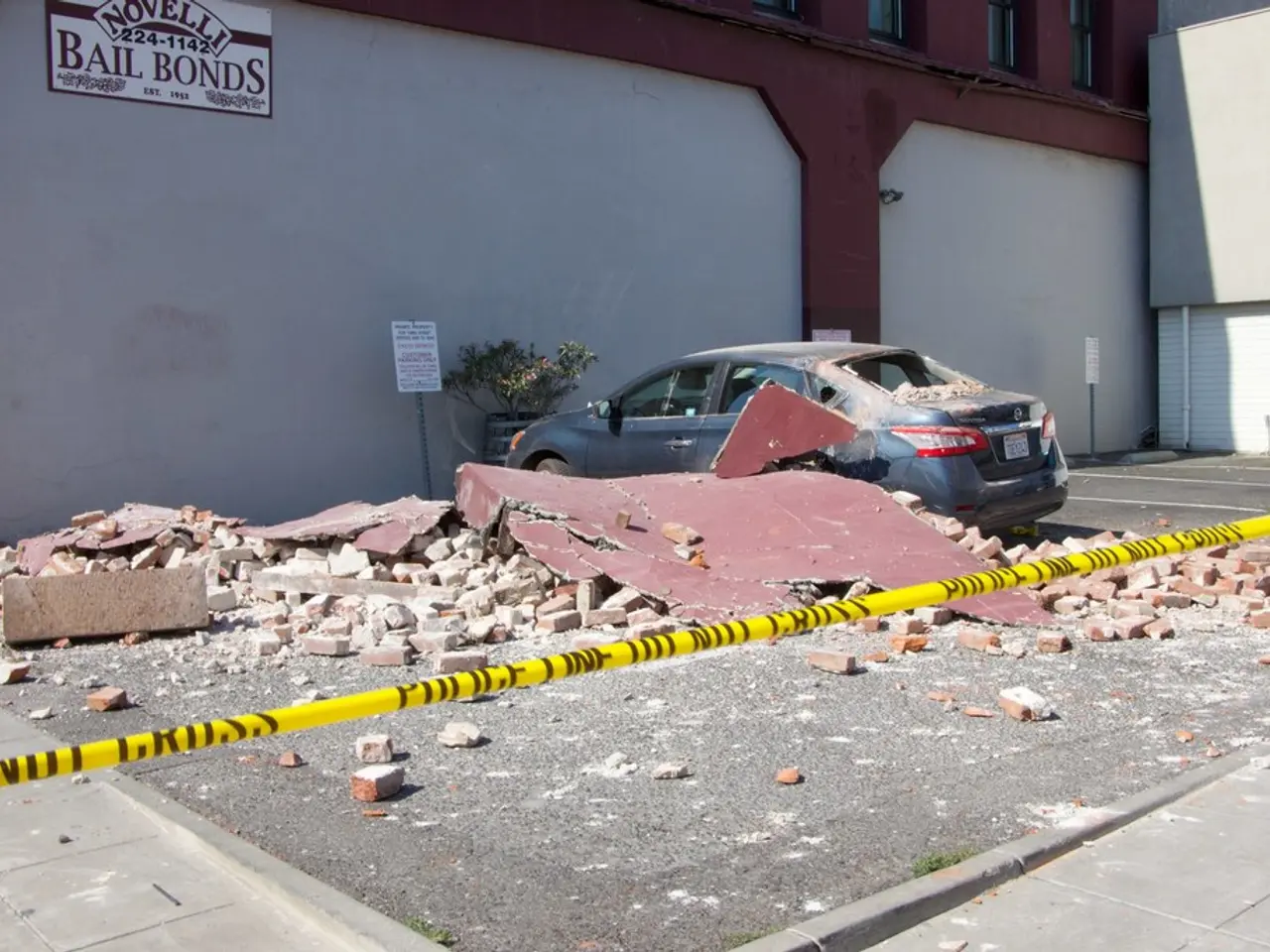Workflow and Ideal Methods of an External Game Art Studio
In the world of game development, efficiency and consistency are key, especially when it comes to outsourcing game art. Game art outsourcing studios, such as RocketBrush, have honed their workflows to ensure quality and speed in large projects, with a central focus on the **Style Guide**.
The Style Guide, a comprehensive document outlining the visual identity, tone, and style of the game, serves as a beacon of consistency throughout the project. It encompasses character designs, color palettes, environmental art, and overall aesthetic themes.
**Project Onboarding and Setup**
The process begins with the creation of the Style Guide and the establishment of clear communication channels. This ensures that all team members, both in-house and external partners, are aligned from the outset.
**Asset Creation and Review Process**
With the Style Guide in place, artists create assets based on their strengths and the project requirements, ensuring adherence to the Style Guide for consistency. A multi-stage review process involving lead artists and art directors ensures that all assets meet the quality and style standards before they are finalized.
**Project Management and Collaboration**
Agile project management techniques are adopted to facilitate rapid iteration and feedback. Collaboration tools and platforms are used to centralize work, share assets, and track progress.
**Quality Assurance and Delivery**
Thorough quality checks are conducted to ensure that assets are ready for integration into the game. Assets are delivered in formats compatible with the client's pipeline, ensuring seamless integration into their workflow.
**Ongoing Support and Feedback**
An open feedback loop with the client is maintained to address any issues or changes in project scope. The Style Guide is updated as needed to reflect changes in the project's visual direction.
The benefits of a Style Guide are manifold. It ensures consistency across all assets, reduces rework and revisions, and allows for scalability. By integrating a Style Guide into the game art outsourcing workflow, studios can enhance collaboration, maintain quality, and ensure that large projects are completed efficiently and effectively.
The client can reach out to RocketBrush game art studio through their website to discuss the project further. Whether it's a 2D or 3D art project, especially when working with a distributed team, a Style Guide is essential for ensuring a unified visual style and streamlined production process.
With the visual style defined, the first pack of assets (milestone) is handed in for review. The work-in-progress art goes through internal quality checks before being approved for client demonstration. A mood board is created to present ideas and confirm the interpretation of the client's vision.
The developed detailed sketches show how all art and elements will look, with shape, color, and light almost finalized. The final assets are exported in the client's chosen format and handed in with original files. The game project is now ready to be brought to life, with the client invited to proceed with RocketBrush game art studio.
The price for the whole upcoming production pipeline has been confirmed, and feedback from the client during the first milestone helps prepare a more detailed estimation for the future pipeline. The first milestone allows artists to implement the ideas outlined in the Style Guide and adjust the workflow as needed.
Communication is essential during this stage to adjust the art according to the client's feedback and requirements. The Style Guide includes one or more reference assets representing the visual style and pipeline, providing a clear guide for all artists involved in the project.
Smart-home devices and gadgets can be integrated into the collaboration tools and platforms used during the project management and collaboration stage of game art outsourcing, enhancing the centralization of work and streamlining the production process. For instance, voice assistants or smart displays could be leveraged for real-time communication or asset sharing, promoting efficiency and adherence to the Style Guide.
The Style Guide, essential in game art outsourcing and game development at large, serves as a guide not only for the visual identity of the game but also for the technology and gadgets that may be used in the project, ensuring consistency and scalability across all aspects of the game's development.



